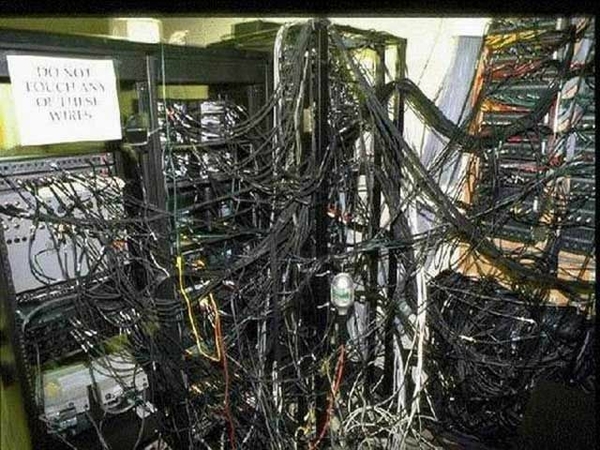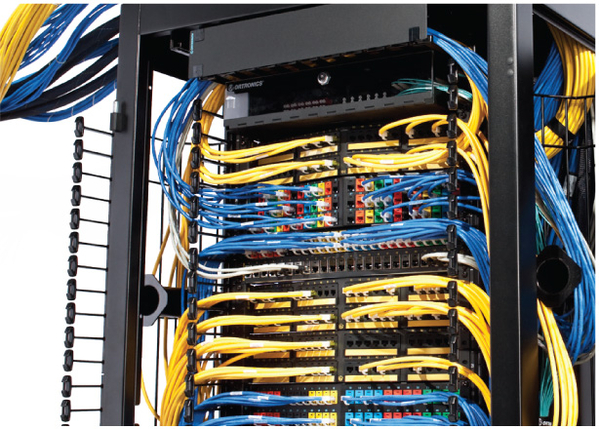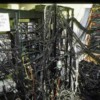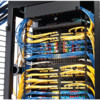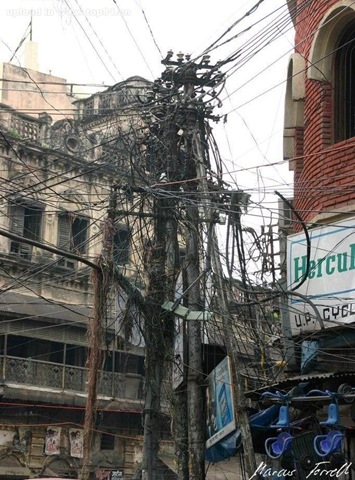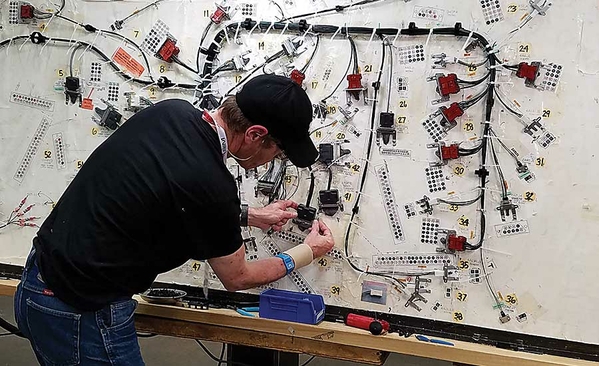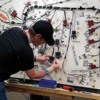Thanks, Gordo.
Yeah I'll have to get up under there again. Dammit. The relays are not in the easiest spot to access (of course).
The harness did not originally include the relay circuits, I think. It's heavy wire from power to switch (the switch has a fuse) and back out to the lights. So I guess when I put it together I failed to appreciate that I'd linked the relays into a circuit with no fuse—or did I? If so, shouldn't be too much trouble to re-do with the fuse and switch on the other side of that equation, or link it to a fuse in the box, which is inches away.
Still shouldn't matter though if there's no short. So first thing'll be to suss out why it shorted. I have a suspect in mind...
On the other hand..."duty cycle?"
I wonder if it's possible I just grabbed the wrong relays, since these were in a box of electrical junk I amassed over the years, and probably from the Merklin Collection. I honestly never heard there were 30-amp relays with different duty cycles.


